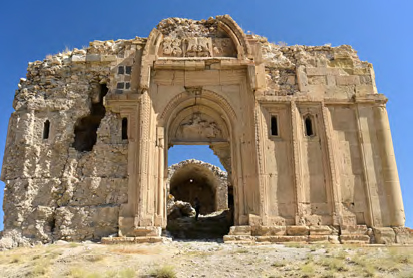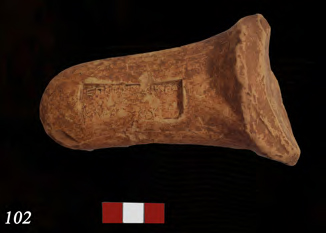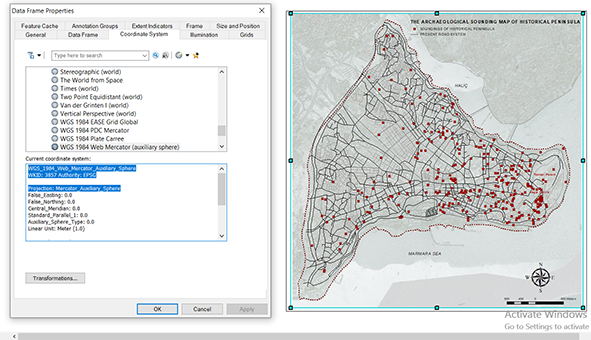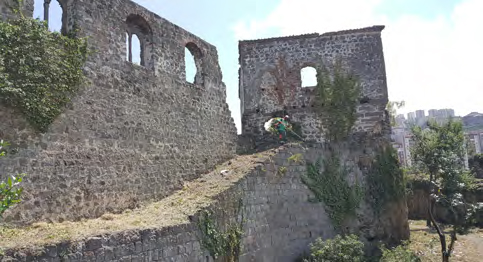
Byzantine Architectural Heritage in Twelfth-Thirteenth Century Asia Minor Under the Suzerainty of the Rum Seljuk Sultanate / Nergis Ataç (2019-2020)
Metropolises and bishoprics were important centers of architectural development and religious activities in Byzantine Asia Minor. Throughout the eleventh and twelfth centuries, the Muslim Seljuks gradually conquered most areas belonging to the Byzantine Empire. But Christians in the region continued to live and worship as they had before. Consequently, interaction between the Muslim newcomers and the Byzantine religious and cultural customs, institutions and architecture was inevitable. The dissertation analyzes the ecclesial architecture of the twelfth and thirteenth centuries in Asia Minor and architectural influences from Byzantine tradition. The research highlights development and changes in the Anatolian metropoles and bishoprics under the Rum Seljuks.

Amphorae from Andriake, Harbor Neighborhood of Myra / Beste Tomay (2019-2020)
Andriake, the harbor of Myra, is the most important harbor and international trade center of the Lycia Region in Late Antiquity. The fact that studies on amphorae in the Lycia Region are limited is worthy of attention. Amphorae revealed in Andriake are important because of their wide period and form repertoire. The fact that Andriake had a very important hinterland in Late Antiquity has also been proved by findings. In the studies, the material from the Late Antiquity Period were the densest. In total 70 rims, necks, handles and feet of amphorae samples from this form will be examined. In addition, to verify production, determine production locations and estimate material carried, petrographical and chemical analyses will be made on clay samples from amphorae found in different sectors and soil samples from nearby stream beds.

Implementation Process of the Architectural Data of Marmaray Sirkeci Excavations on GIS / Kübra Gür Düzgün (2018–2019)
The aim of the thesis is to assess the architectural stratification of the Marmaray Sirkeci Excavations as an important example of urban archeology in the history of Türkiye. All sites are being worked on, but the focus area is the northeast part of the excavation. The stratification here is a very good example of the sea level changes and periodical differences of architecture starting from Early Turkish Republican Period to Roman Period (some earlier archeological pieces dated to Hellenistic Period are also published). This thesis will analyze these periodical changes by examining the structures, their building technique, and materials.

The Citadel and the Defense System of Trebizond / Bilge Bahar (2018–2019)
Trebizond’s city defense system and the palace which was the administrative center of one of the Byzantine states founded after 1204, constitutes the main theme of our research. Although studied by Anthony Bryer and David Winfield as part of the Black Sea Region surveys, there is no monographic study on Trebizond’s city defense system, and the palace of Grand Comnenus has not been studied in detail. The documentation and evaluation of architectural data will provide understanding of the organization of the city, the defense system, the administrative center and the functions and construction dates of palace buildings. The features and the organization of architectural elements such as towers, walls, gates, crenellation which constitute the defense system will be evaluated through comparison with other examples from the same period.
